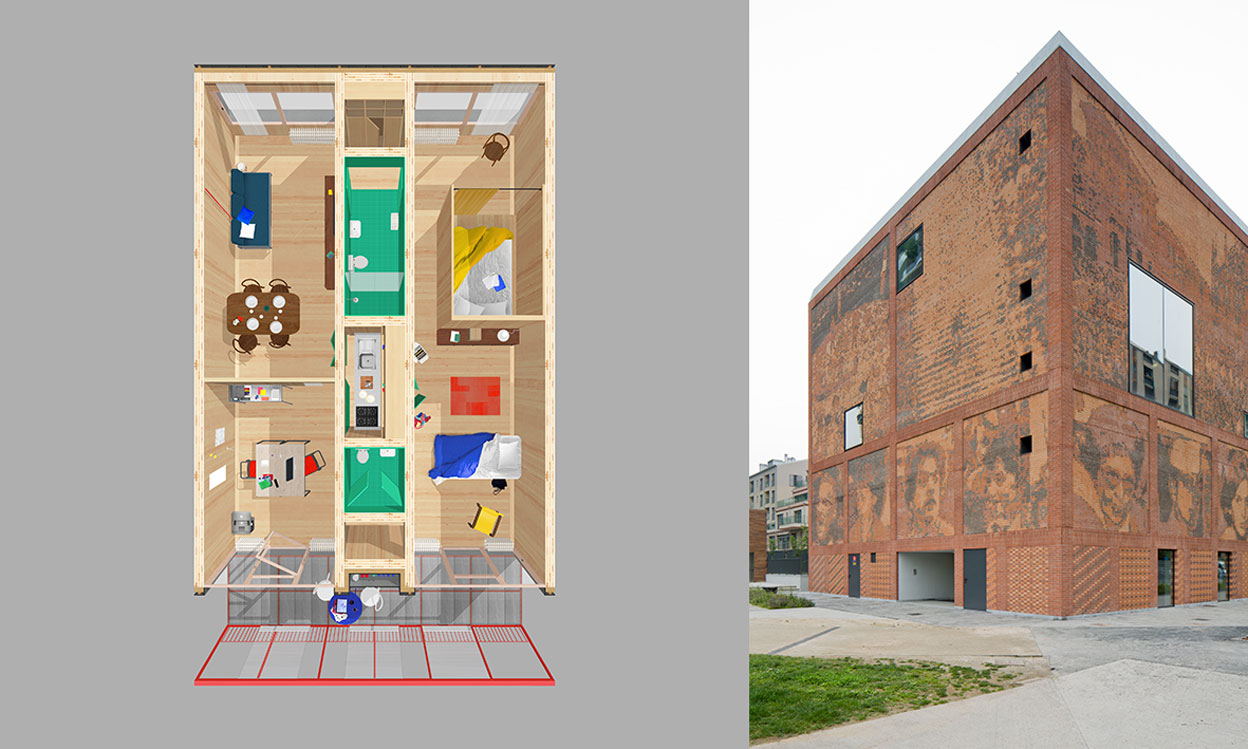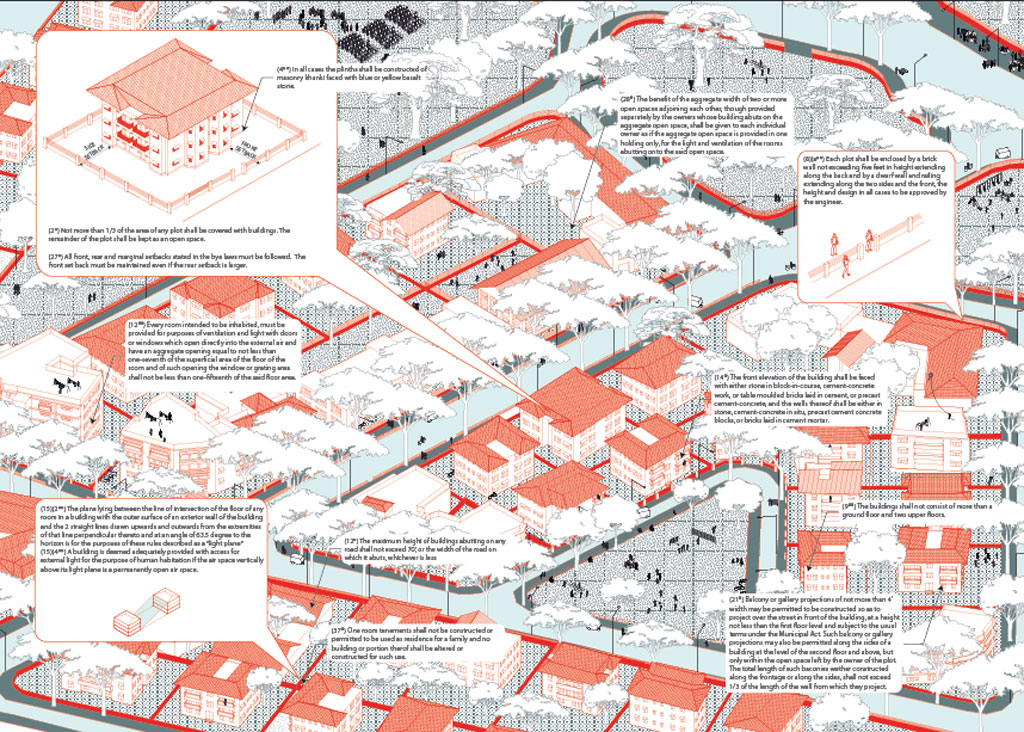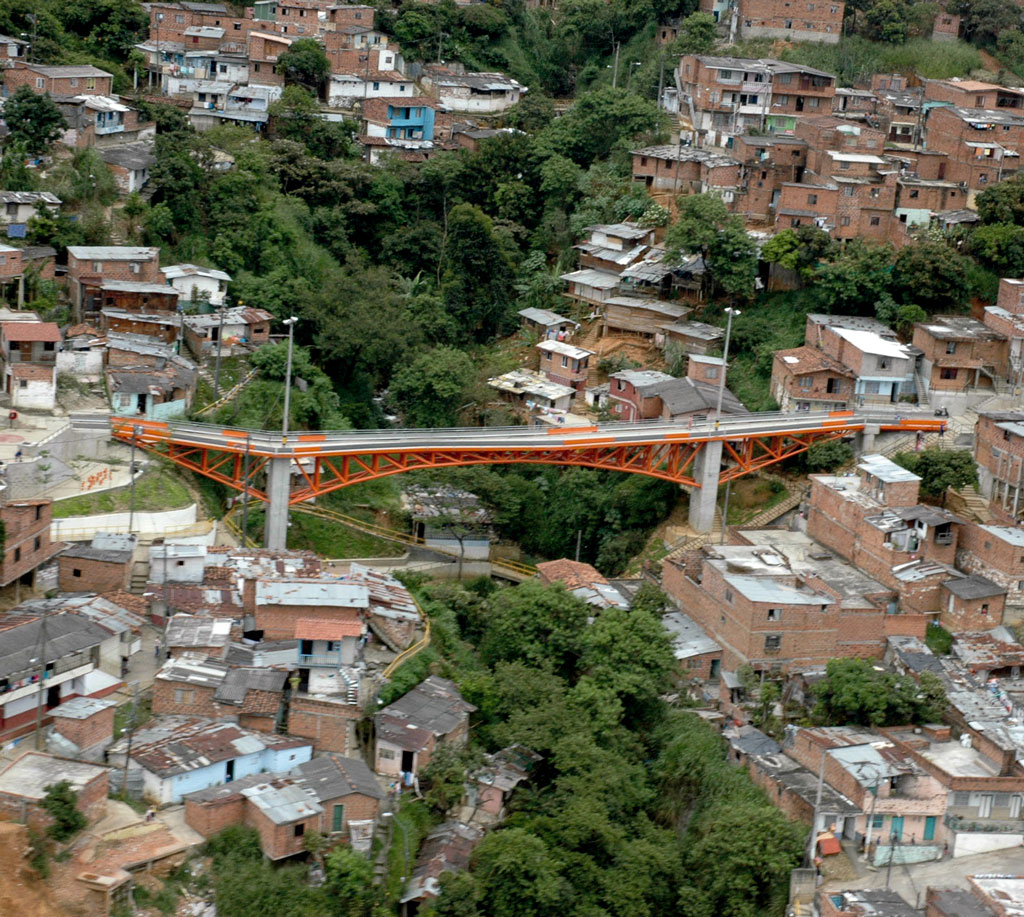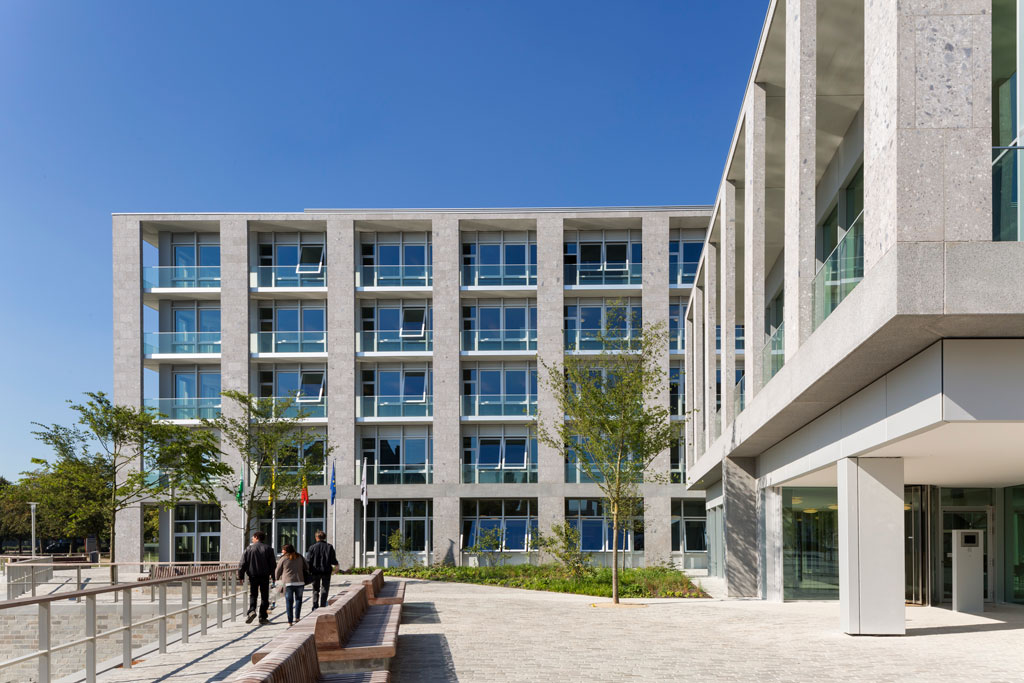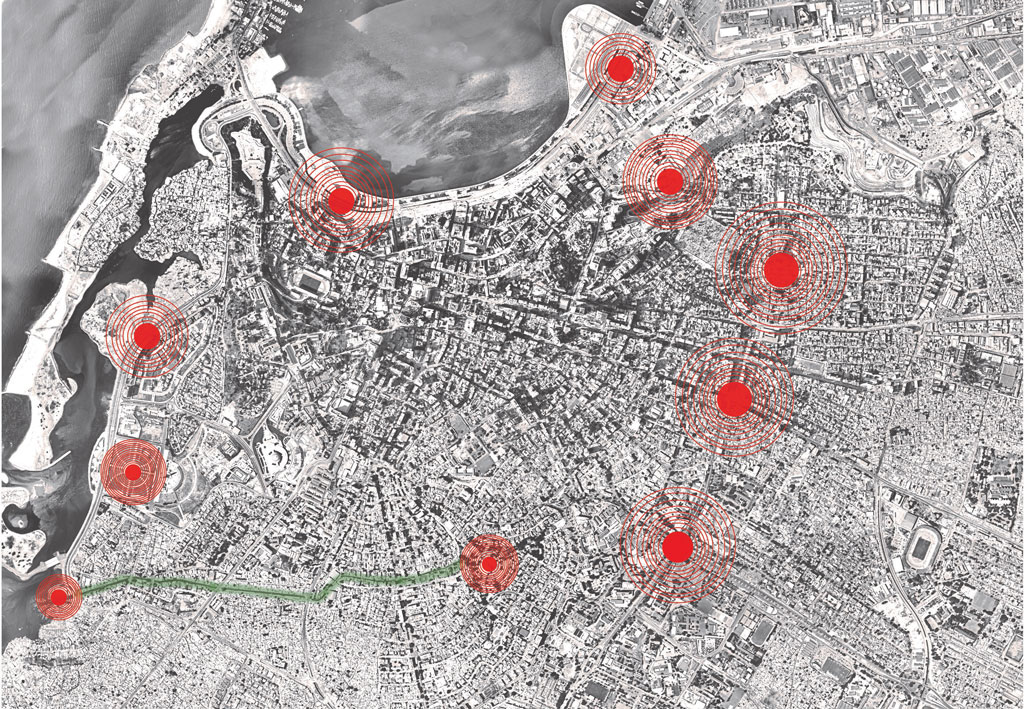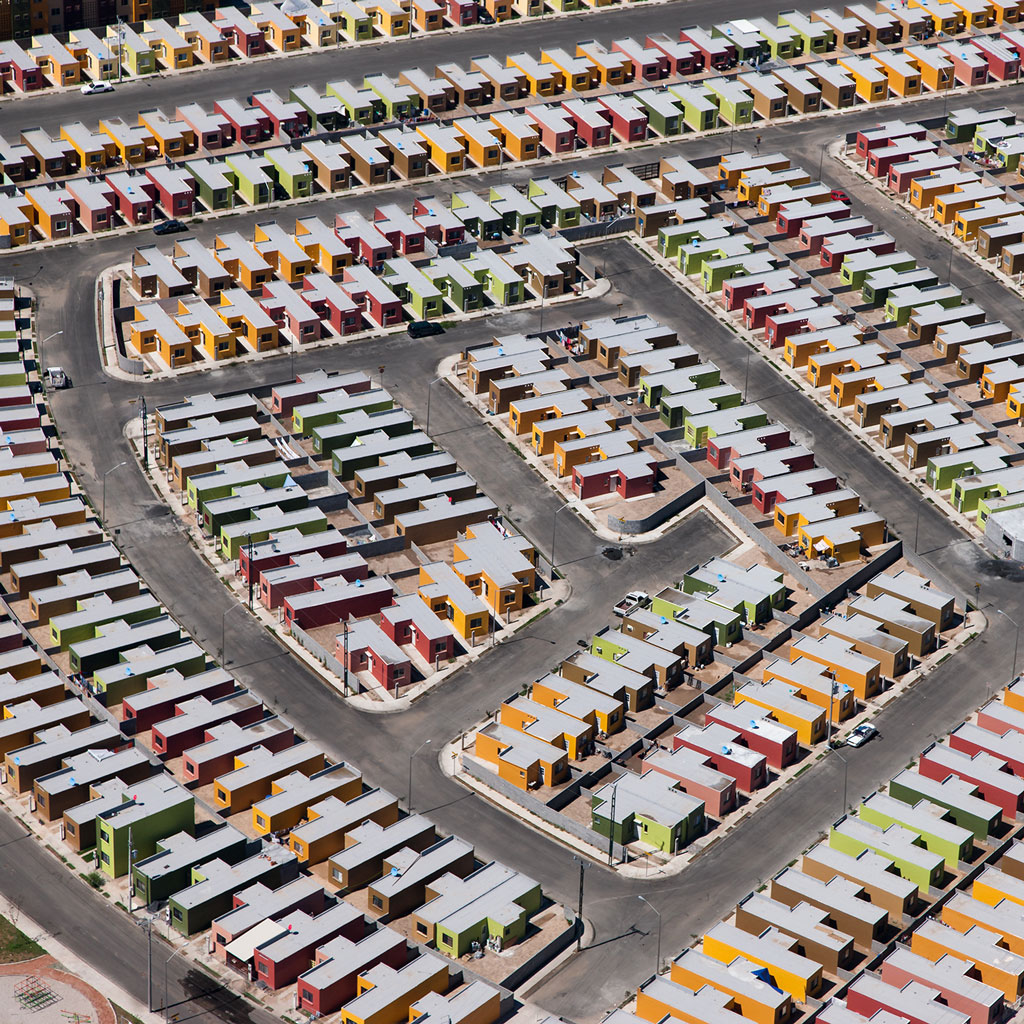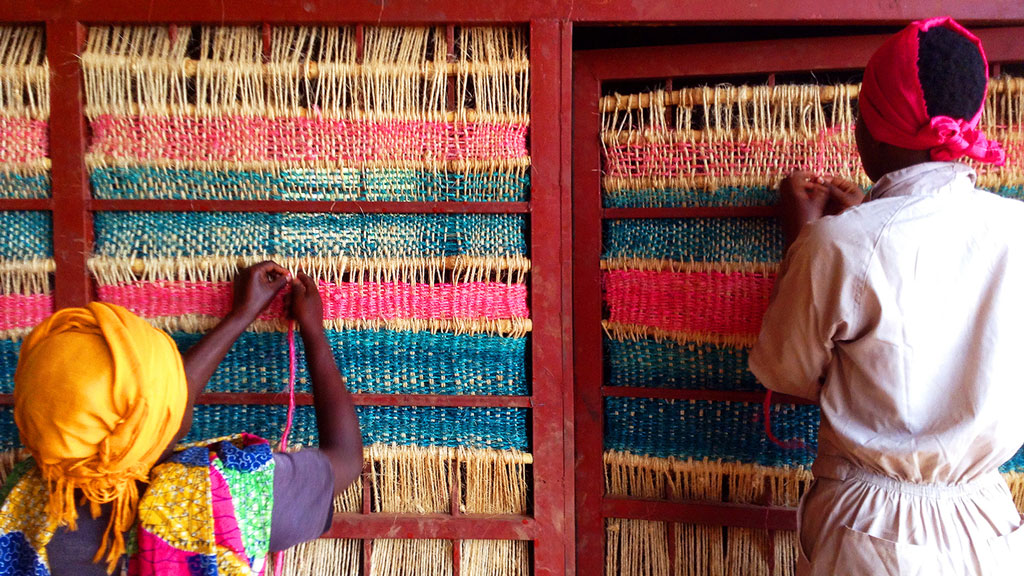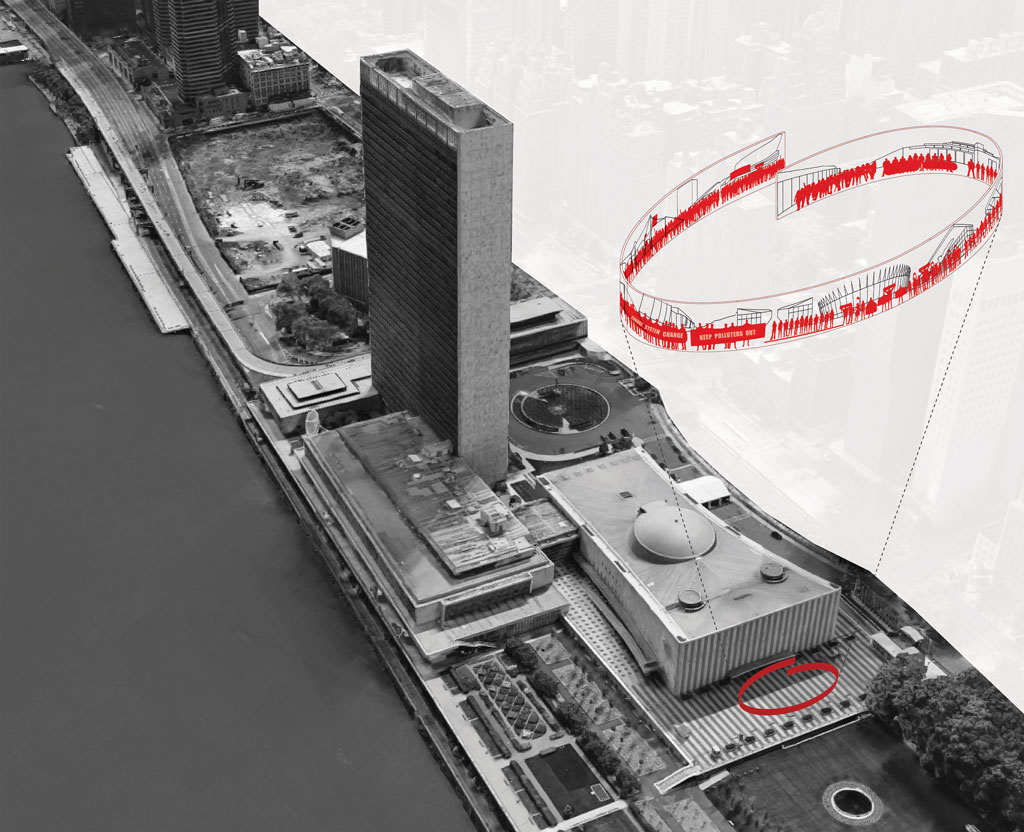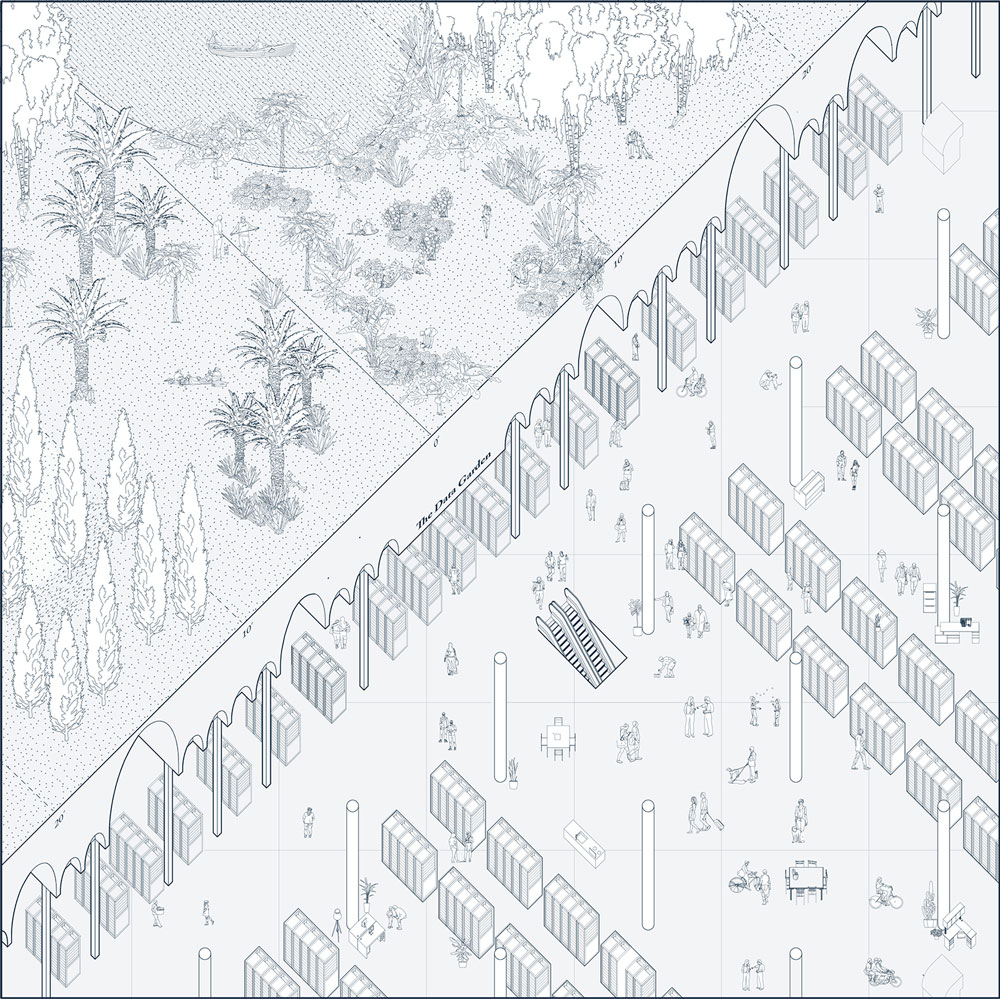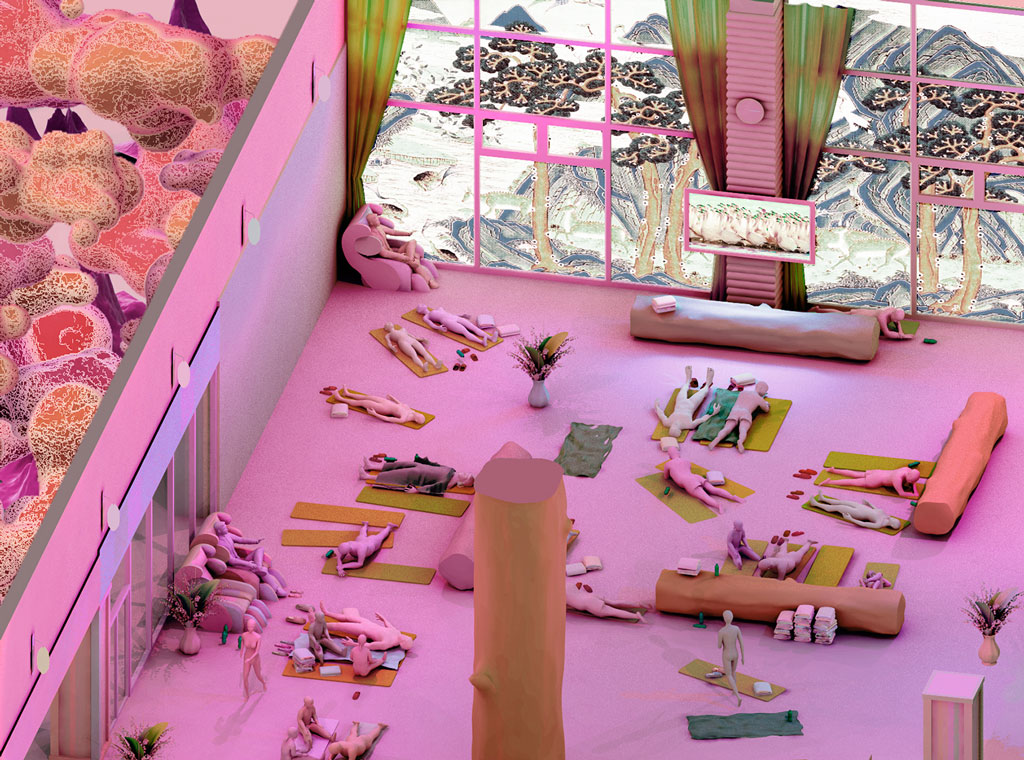ARCHITECTURE:Seoul Biennale of Architecture and Urbanism 2019,Part II
 The objective of Seoul Biennale of Architecture and Urbanism is to provide the public with a platform to exchange information and hold discussions on the creation and changing of cities. To that end, this event aims to redefine architecture and urbanism to align with the role of a collective city model that the public can create and reap the benefits of together. At a moment when cities are increasingly unequal and segregated it asks if they can continue to be perceived as collective spaces and what tools or strategies can be used to transform cities into collective spaces (Part I).
The objective of Seoul Biennale of Architecture and Urbanism is to provide the public with a platform to exchange information and hold discussions on the creation and changing of cities. To that end, this event aims to redefine architecture and urbanism to align with the role of a collective city model that the public can create and reap the benefits of together. At a moment when cities are increasingly unequal and segregated it asks if they can continue to be perceived as collective spaces and what tools or strategies can be used to transform cities into collective spaces (Part I).
By Efi Michalarou
Photo: Seoul Biennale of Architecture and Urbanism Archive
The 2019 Seoul Biennale of Architecture and Urbanism serves as a platform for sharing a wide range experiences of cities around the world through the four exhibitions, “Thematic Exhibition”, “Cities Exhibition”, “Global Studios” and “On-site Projects”. The Thematic Exhibition “Collective City” seeks to question how modes of collective practice and action can challenge the current paradigms of city development and offer resistance to the dominant systems of spatial production. The biennale seeks to reflect on new models of co-existence, social practice, governance, research and speculation, to suggest alternative concepts of architecture, the city and the environment, to interrogate architecture’s political agency. The exhibition is an invitation to radically reimagine the structure of our cities, a provocation to fundamentally reprioritize, shifting focus from the success of the individual and capital through real-estate speculation and the commodification of land, to foreground collective rights and to claim the city as a shared investment. Participants’ work ranges from critiques on the contemporary processes of urbanization, exploration of ecological and infrastructural systems and questions of material and production, to testing alternative models of development through typological innovation, new forms of tenure and landownership, architecture as a form of mediation and consultation, to expanding and defining new territories. The curatorial project juxtapositions research and propositions from diverse scales and forms of global action, imbricating possibly dissonant epistemologies. The potential richness and legacy of the biennale is what can be revealed at the intersection of these conflated scales and practices, to unravel preconceptions within the field and proffer new ontologies as a space of proposition for new forms of existence. The “City Exhibition” has invited more than 80 cities from around the world, asking them to look deeper into their most important topics and issues based on the main theme of the biennale, “Collective City.” One of the things we have learned from this process is that all of the cities throughout the world are connected with each other through their own issues, thoughts and values. The “Global studio” will participate in the biennale under the common theme of “Collective City”. The theme calls for a wide range of research and design in built forms that are firmly grounded on both social and physical dimensions, bridging between the academic and professional interests in the discipline of architecture and urbanism. As such, the works produced from the studios are expected to convey a strong physical presence with a deep understanding in the social dynamics that give form to our built environment. The SBGS will function as a research platform that harbors various interpretation and approaches on exploring how the collective actions contribute to the urban vitality and bring difference to the society using architecture as a medium. The collective space operates and evolves through many creative strategies of interactions, intrusions, and exchange of social boundaries. The patterns of such collective actions can be extracted from various physical models of marketplaces, public streets, housings, and other structures or infrastructures both traditional and modern. The city also benefits from innovative governance models and active collective processes that balance out the rules and social agreements that collectively contribute to reshaping the city for the public good. “Seoul Madang” is located on the third lower level of the Seoul Hall of Urbanism and Architecture. It is not only a promotional space for the 2019 Seoul Biennale for Architecture and Urbanism but a home to the “Finding Seoul” exhibition. Upon entering the space, there are videos introducing the 2019 Seoul Biennale projected to the right along the stairs down to the main hall. “Seoul Madang” begins with three touch-screens where visitors can access more information about the Seoul Biennale in greater detail. Then “Finding Seoul” communicates with the public on the topic of “collective cities,” which is the overarching theme of the 2019 Seoul Biennale. It relays the message that cities should be collective spaces that offer equitable living opportunities. It also emphasizes that they are spaces created through collaboration among the public, the central government, local governments, and experts. Visitors can participate on site to share their opinions and ideas on collective cities. Also, through the “magic wall” visitors can participate in designing the city. They can see all of the public buildings across twenty-five different districts throughout the city, including one’s own neighborhood. Finally, visitors can take a look into the future of Seoul by experiencing the ongoing projects of experts in different areas.
Info: 2019 Seoul Biennale of Architecture and Urbanism, Directors: Jaeyong Lim and Francisco Sanin, Curators: Beth Hughes, Yim Dongwoo, Sanki Choe, Young Chul Jang, Associate Curators: yoeun Kim, Yoobeen Kim, Minsun Kang, Heewon Lee, Aram You, Joo Seok Hong and Jooyeon Choi, Assistant Curators: Livia Wang, Isabel Ogden, Jeffrey Kim and Youngmin Choi, Venues: Dongdaemun Design Plaza(DDP), 281 Uljiro, Jung-gu, Seoul; Donuimun Museum Village, 7-24 Sinmunro2-ga, Jongno-gu, Seoul; Seoul Hall of Urbanism & Architecture, 119, Sejongdaero, Myeong-dong, Jung-gu, Seoul; Sewoon Plaza(Sewoon Hall), 159, Cheonggyecheonro, Jongno-gu, Seoul; Seoul Museum of History, 55 saemunanro, Jongno-gu, Seoul, Duration: 7/9-10/11/19, Days & Hours: Tue-Sun 10:00-19:00, Admission: Adult 9,000KRW, Youth/Soldier/Police 6,000KRW, Children 5,000KRW,, Seniors/Disabled 4,000KRW, 5 Days Pass 20,000KRW, Membership 100,000KRW, www.seoulbiennale.org

